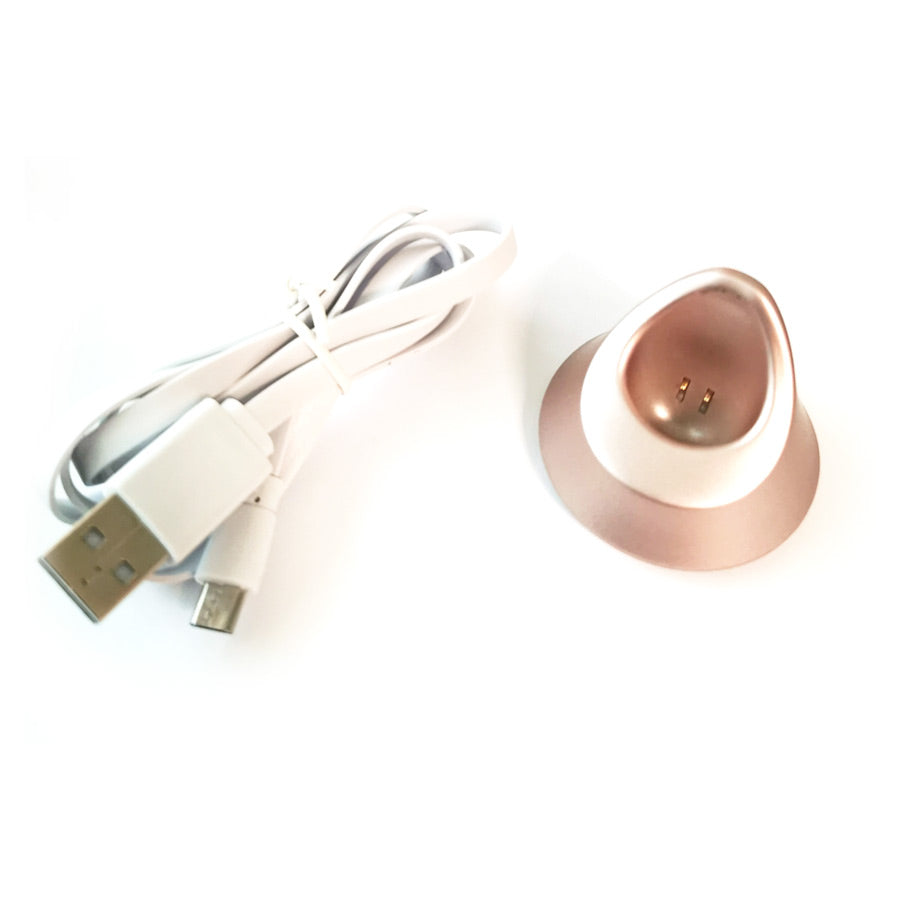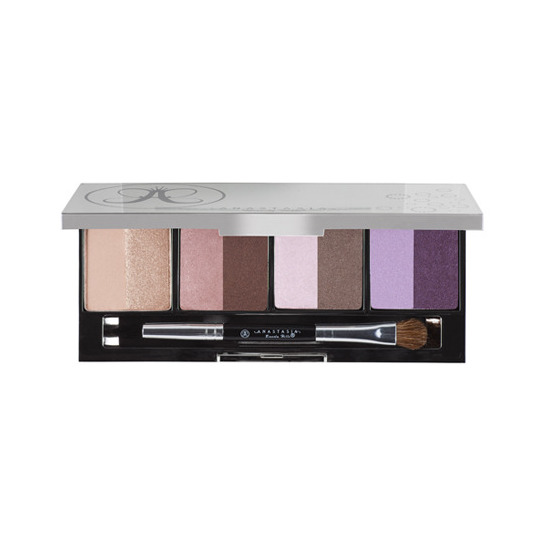

Bifocals and trifocals are like having 2-3 different pairs of glasses combined into one frame. With age, we all lose this convenience and end up with a “manual” focus camera-we must manually change the focus by switching between different pairs of eyeglasses for each distance that we need to see. This is like having an “auto-focus” camera where you just point the camera (or eye) at something and the focus is automatically and instantly adjusted. Young people have the best system – a flexible human lens that is constantly and automatically adjusting its shape to change focus. Zone 4: Reading distance (magazine, cell phone, tablet device, medicine bottle label) Zone 3: Arm’s length (dashboard, store shelves, stove, desktop computer, bathroom mirror) Zone 2: Indoor distances (pictures on the kitchen wall, faces across the table, TV 8 feet away) Zone 1: Far distance (street signs, golf ball, distant animals, theater stage) There are 4 primary distances at which we need to be able to see details. Our eye is like a camera and must continually shift its focus from far to near and to various distances in-between. They are all permanent and won’t need replacing.

There are 3 categories of artificial lenses for cataract patients to choose from: single focus (monofocal), extended focus (greater range than a monofocal, but not as much as the multifocal), and multifocal (the Synergy progressive trifocal, with many continuous focal points). The decision about which type of artificial lens implant to have will affect your ability to see without eyeglasses following cataract surgery. After cataract surgery, you should be able to see well at far, mid-range, and near distances with new eyeglasses(assuming no other eye health problems). If you have cataracts, you are considering surgery because your cataracts prevent you from seeing well even with corrective eyeglasses. The Synergy Multifocal Lens Implant – Frequently Asked Questions


 0 kommentar(er)
0 kommentar(er)
